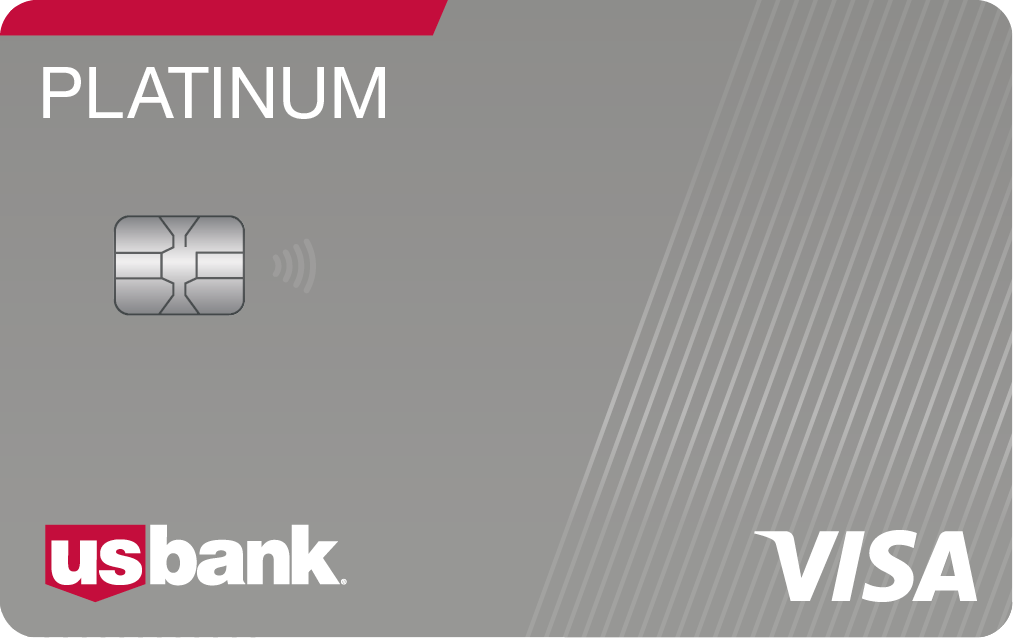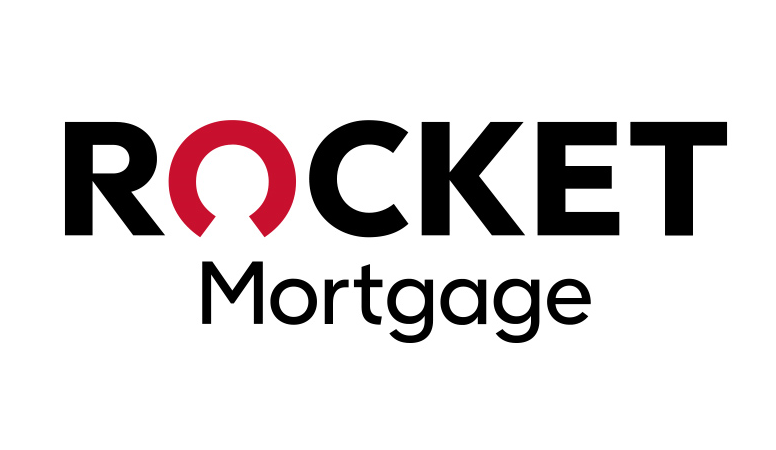It's that time of year again when you're heading back to college — and kudos to you if you're starting a new job or picking up an old one back on campus. While that is a great first step in itself, your next best move is figuring out just what to do with the money you'll be making there.
While money management may not be top of mind between your studies and busy social calendar, the earlier you establish good financial habits, the better off you'll be in your years post-graduation.
Below, Select outlines three steps to ensure the money you're earning is put to good use for the future you.
Our best selections in your inbox. Shopping recommendations that help upgrade your life, delivered weekly. Sign-up here.
1. Set up a savings account
The longer you wait to save, the harder it can be to start making it a habit.
Stephanie Mackara, a principal wealth advisor at Charleston Investment Advisors, suggests a savings account can act as a safety blanket for college students if they encounter an unexpected expense, such as a pricey textbook for a class they didn't know they needed or a sudden trip back home.
Upon graduating, college students can designate a portion of the funds they've saved up to start paying off their student loans so they don't become a larger financial burden later on as more interest accrues.
A Bank of America Advantage SafeBalance Banking® account can help students save easily with its Keep the Change® program, which rounds up debit card transactions to the nearest dollar and transfers the difference from their checking account to their savings account.
There are no monthly maintenance fees if you're under the age of 24 and enrolled in a high school, college, university or vocational program, but you will need to make a minimum deposit of $25 to open an account.
Or consider a high-yield savings account where you earn more interest on your money compared to a standard checking or savings account. Select ranked LendingClub and Marcus by Goldman Sachs as some of the the best options.
LendingClub High-Yield Savings
Annual Percentage Yield (APY)
2.07%
Minimum balance
No minimum balance requirement after $100.00 to open the account
Monthly fee
None
Maximum transactions
None
Excessive transactions fee
None
Overdraft fees
N/A
Offer checking account?
Yes
Offer ATM card?
Yes
See our methodology, terms apply.
Marcus by Goldman Sachs High Yield Online Savings
Annual Percentage Yield (APY)
1.70%
Minimum balance
None to open; $1 to earn interest
Monthly fee
None
Maximum transactions
Up to 6 free withdrawals or transfers per statement cycle *The 6/statement cycle withdrawal limit is waived during the coronavirus outbreak under Regulation D
Excessive transactions fee
None
Overdraft fees
N/A
Offer checking account?
No
Offer ATM card?
No
Terms apply.
2. Get a credit card
The earlier you establish credit, the better. Having a good credit score can pay off later in life when it's time to apply for a job, get approved for a first apartment or take out a loan for a new post-grad car.
"A good credit history may help you get the job you want and will save you thousands in interest payments when you obtain a home or auto loan," says James Lee, a certified financial planner at Lee Investment Management.
The easiest way to start building credit is by using — and paying off — a credit card. One of the best credit cards for college students is the Discover it® Student Cash Back card, which has no annual fee and offers students enrolled in a two- or four-year college program the chance to build credit while earning rewards.
Cardholders can enroll every quarter to earn 5% cash back on rotating categories — such as Amazon.com spending or for using the card at gas stations or restaurants — on up to $1,500 each quarter, then 1% cash back. All other purchases earn an unlimited 1% cash back automatically. There are also no foreign transaction fees, making this card a prime choice for those studying abroad.
Discover it® Student Cash Back
Rewards
Earn 5% cash back on everyday purchases at different places each quarter like Amazon.com, grocery stores, restaurants, gas stations and when you pay using PayPal, up to the quarterly maximum when you activate. Plus, earn unlimited 1% cash back on all other purchases – automatically.
Welcome bonus
Discover will match all the cash back you've earned at the end of your first year
Annual fee
$0
Intro APR
0% for 6 months on purchases
Regular APR
15.24% - 24.24% Variable
Balance transfer fee
3% intro balance transfer fee, up to 5% fee on future balance transfers (see terms)*
Foreign transaction fee
None
Credit needed
Fair / New to Credit
*See rates and fees, terms apply.
3. Open a Roth IRA
After starting to save and build credit, college students can use any income they earn to start investing for retirement. We know it sounds like it's a lifetime away when you're in your early 20s, but you'll give your nest egg more time to grow if you begin now on versus later in life.
A Roth IRA — short for individual retirement account — stands out for younger retirement savers since it has you contribute after-tax dollars. Later in retirement, withdrawals are tax-free as long as the account has been open for at least five years. For that reason, Roth IRAs are most likely better for younger investors who are early in their careers and planning to have more income (and a higher tax rate) when they retire.
For accounts that are open five years or longer, too, there are times when you can withdraw early from your Roth IRA investment gains with 0% penalty and income tax — qualified reasons include a first-time home purchase or to build or rebuild a home.
College students can look to open a Roth IRA via robo-advisors such as Betterment and Wealthfront, both of which will manage your investments for you so you can take a more hands-off approach.
Wealthfront IRA
Minimum deposit
$500
Fees
Fees may vary depending on the investment vehicle selected. Zero account, transfer, trading or commission fees (fund ratios may apply). Wealthfront annual management advisory fee is 0.25% of your account balance
Bonus
None
Investment options
Stocks, bonds, ETFs, cash, real estate, natural resources and dividend stocks
Educational resources
Offers free financial planning for college planning, retirement and homebuying
Terms apply.
Bottom line
Though it can be hard to not spend your college job money right away, putting a portion of it into savings, using it to pay off a starter credit card or investing it for retirement are three ways to really make your hard-earned money work for you. Remember that the earlier you start doing these things, the better off your financial picture will be months and years down the road as you enjoy "adulthood."
Read more
For rates and fees for the Discover it® Student Cash Back card, click here.





